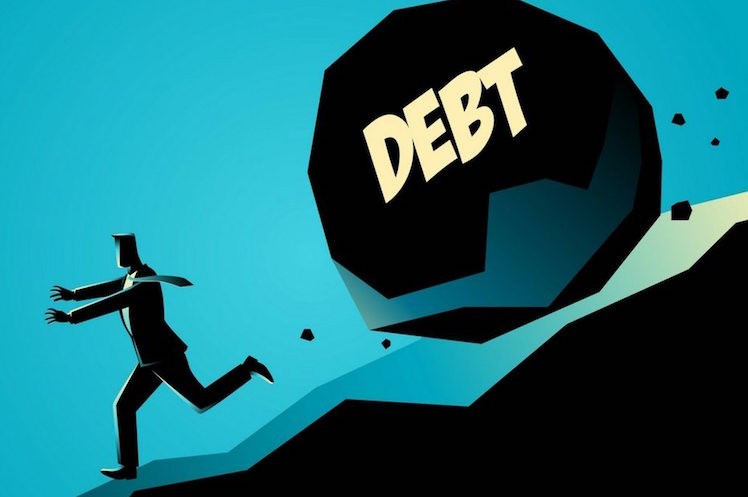In order to finance major infrastructural and other priority projects, the Kenyan government has resorted to sustain its borrowing trends, increasing the public stock debt rate to 16% for since June 2013 to reach Kshs. 5.4 trillion as at the end of March, 2019.
Economic estimates indicate that the country debt have more than quadrupled over the past 7 years and as a result, the stock of debt has had an annualized growth. With the continued demand for new debt issuance each annual year, the national debt burden is expected to increase to Kshs. 6.2trillion by end of June 2020.
A report released by the parliamentary budget committee shows that Kenyans will have to buckle up as the government put in stringent measures to cut cost to service its lenders loans.
The report says,” with the inability of adhere to the fiscal consolidation path, the trend of debt accumulation is likely to continue rising and the ratio of debt to GDP is likely to be contained by GDP growth rather than debt fiscal policy designed to contain the expenditures.”
“Effect of debt servicing on revenue, are likely to result in year fiscal strain, necessitating dependence on domestic short-term debt borrowing, worsening the debt distress level,” the report adds.
The report further raises concerns over the appreciating interest rates charged by the lenders. The country owes trillions to the Asian economies with Exim Bank of China (Kshs. 37.8 billion) taking the lead. Others are TDB Syndicated (Kshs. 17.1 billion), International Sovereign Bond – 2018 (Kshs. 16.6 billion).
To escape, the borrowing trend, the budget committee report advocates for limited spending from the government and enhancing revenue collection. Financial analysts advise on measures that the government should undertake to realize Kenyans off this burdensome gruel.
“Efficiency gains, not additional funding, is the key to effective implementation of government projects without further accumulation of debt. However, expenditure pressures, particularly due to implementation of key government projects have in the past been viewed as a bottleneck in the government’s quest for lower spending. Efficiency gains entail effective utilization of public resources such that the country is able to achieve more with fewer resources,” says a team of analysts in the budget committee.
Public debt stands at 62 per cent of gross domestic product and could hit 70 per cent of GDP in the near future if the government continues to borrow at the current rate, ultimately meaning that Kenya would have crossed the threshold to debt distress.
“It is important that future debt management adopt measures to ensure debt is not accelerating. One of the measures is to ensure that in the planned fiscal consolidation the government must stick to a path that seeks to reduce debt from 62 per cent of GDP towards 55 per cent in the medium term,” said Peter Chacha, World Bank senior economist.
The Central Bank of Kenya (CBK) lists the country debt to World Bank at Ksh5.4 trillion as per March 2019.This figures are equivalent to 56.4 percent of the GDP. The global monetary body International Monetary Fund (IMF) recommends that ratios of public debt to GDP should not exceed 40 percent for developing countries. Kenya economists says Kenya could however surpass this limits if its borrowing streak continues.
To be fair, this level of debt is comparable to that of other developing economies. For example, South Africa’s ratio of public debt to GDP was 53.1% in 2017 (2008: 27.8%). Nigeria’s was 21.3% in 2017 (2008: 7.3%). Brazil, India and China all have ratios over 40%. However, the economies of these countries are several times larger than Kenya’s.
The ongoing infrastructural developments have majorly been funded by foreign banking and global economies. The parliamentary budget committee encourages that public investment participation should be practiced to cut in debt. Construction and improvement of the road and rail network including expansion of existing roads (highways and critical access links) especially in the cities and urban areas remains a key priority of the government. These public investments are expected to greatly facilitate trade, private sector investment and movement of people within and in the region. However, the accumulation of pending bills remains a significant downside risk to timely actualization of infrastructure investments and their impact on the economy
“Public debt servicing costs will decline by 20% to Kshs. 696.6 billion, as a result of reduction of expenses to be incurred on domestic and external debt redemption by 44% and 48%,” the report by the committee urges.

